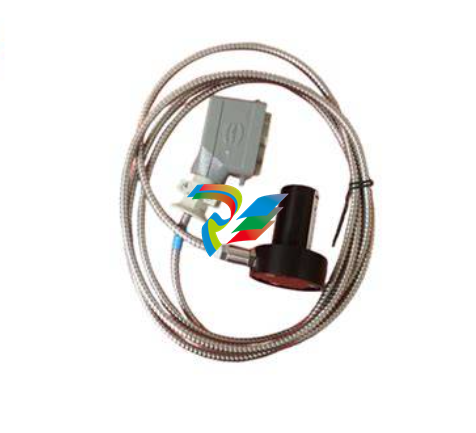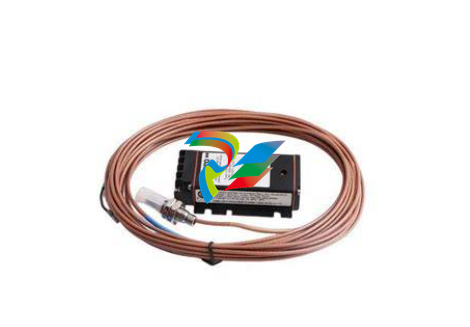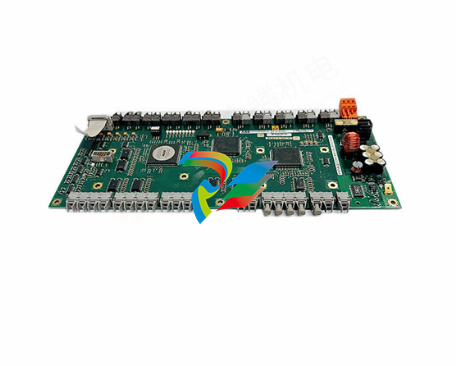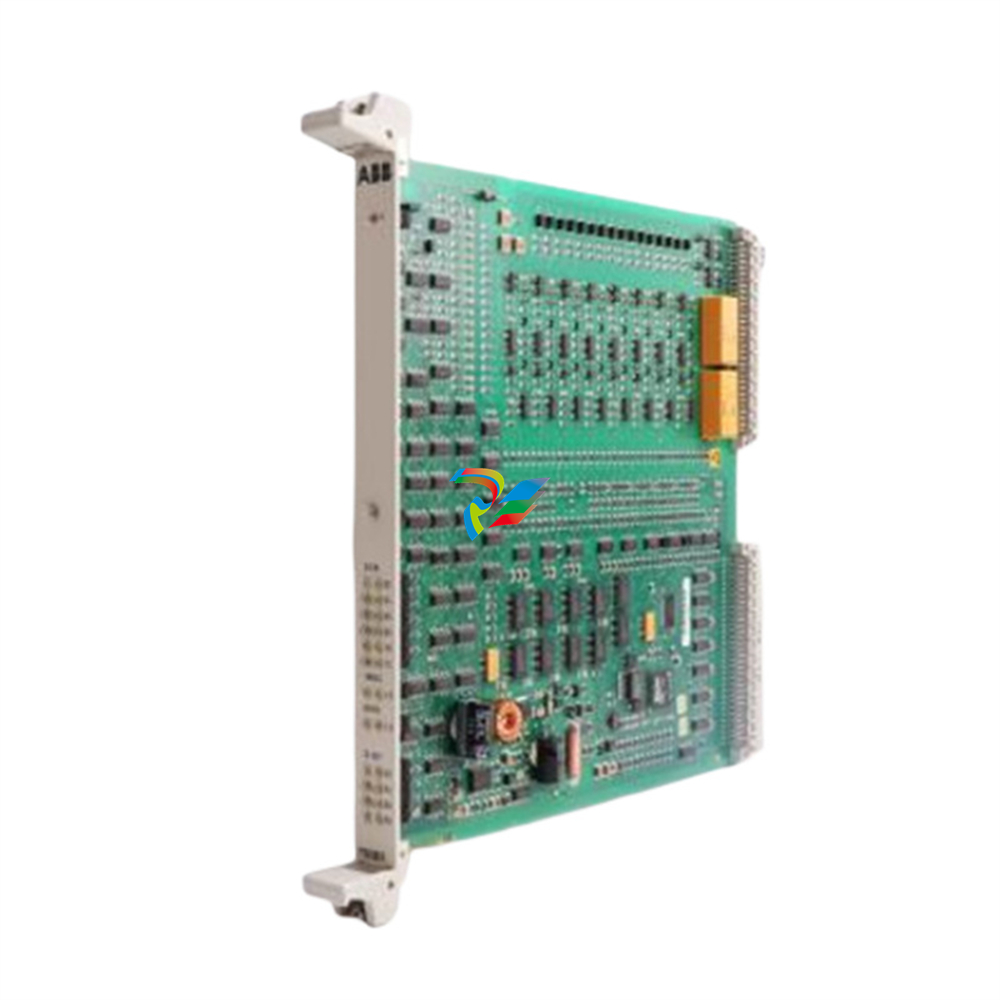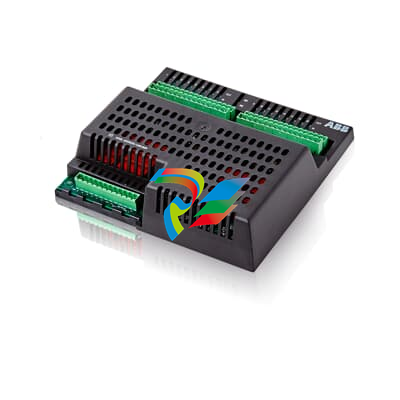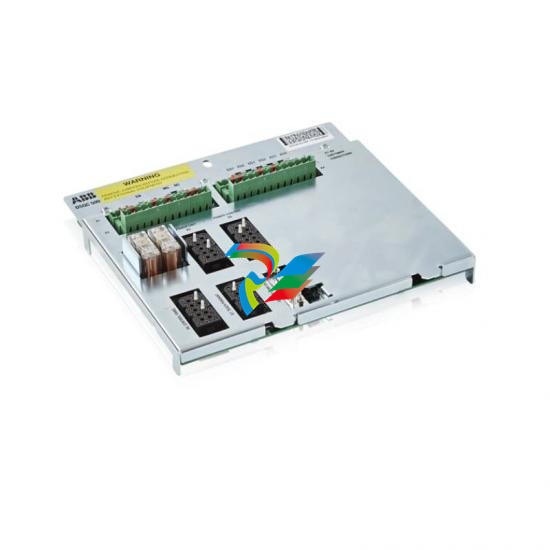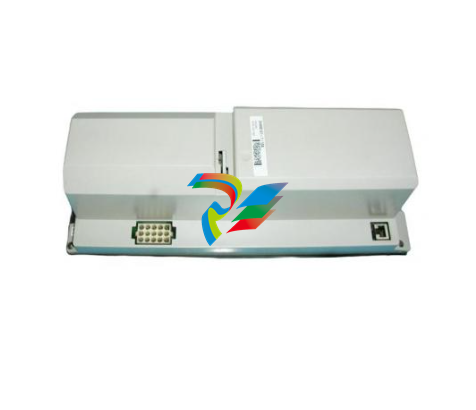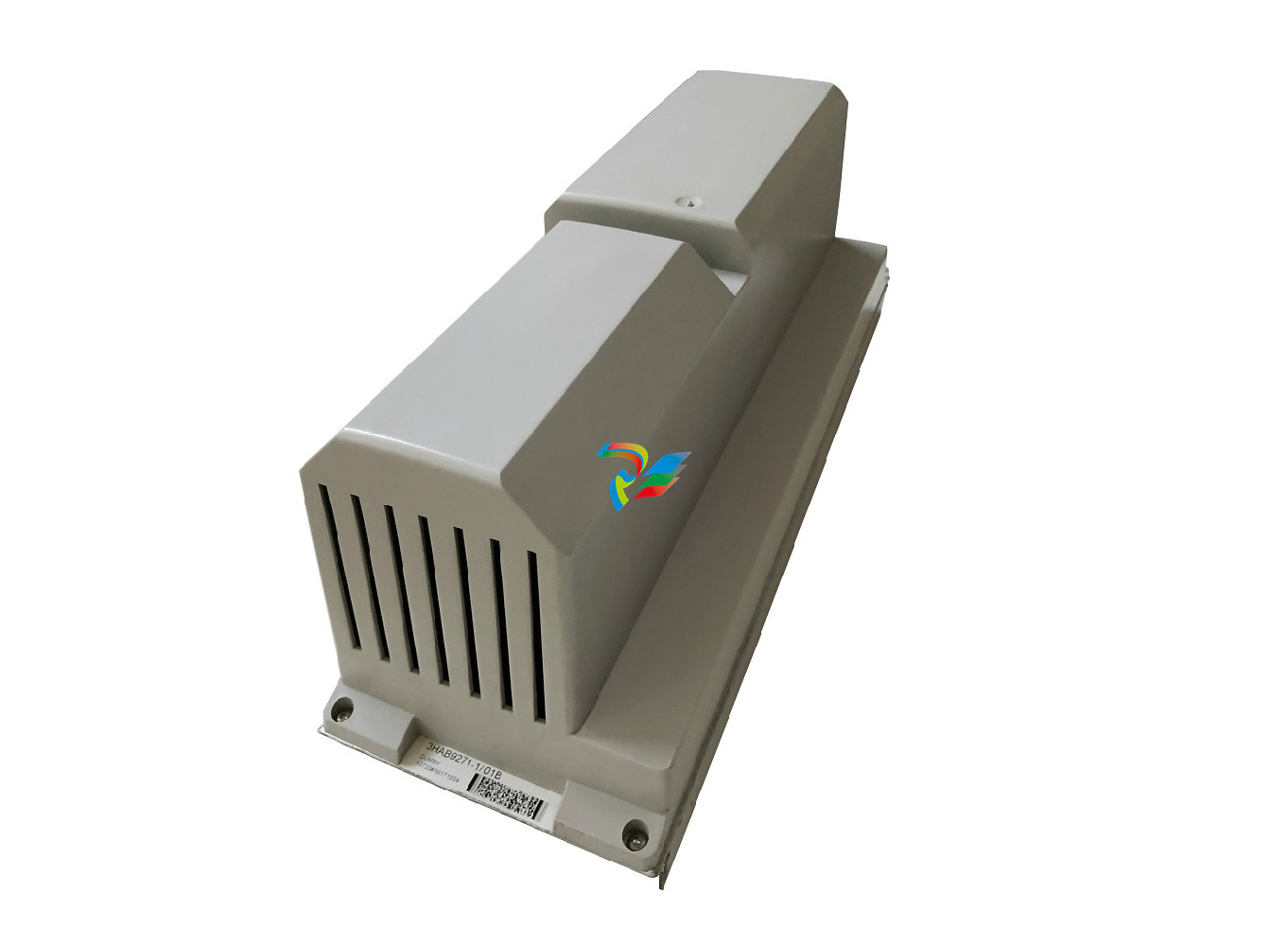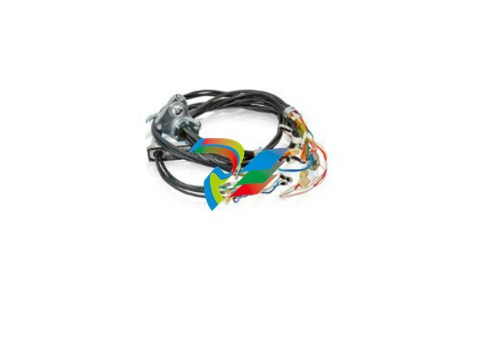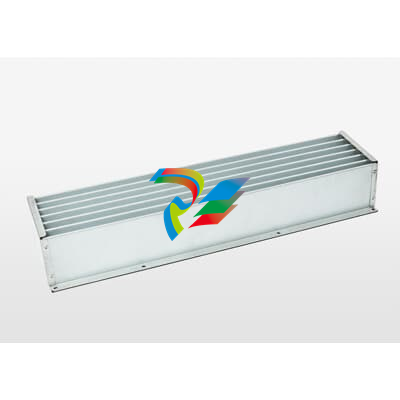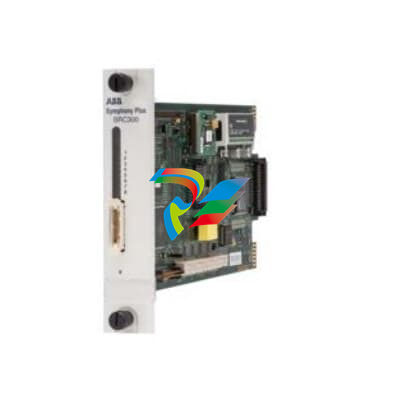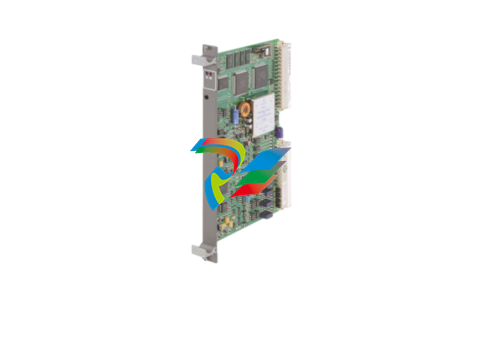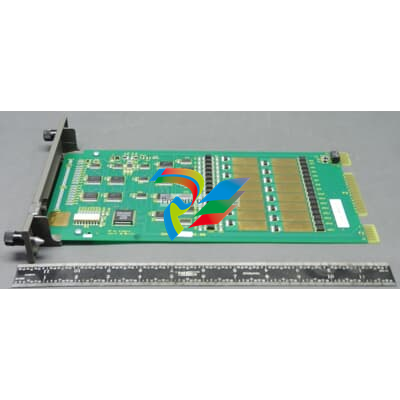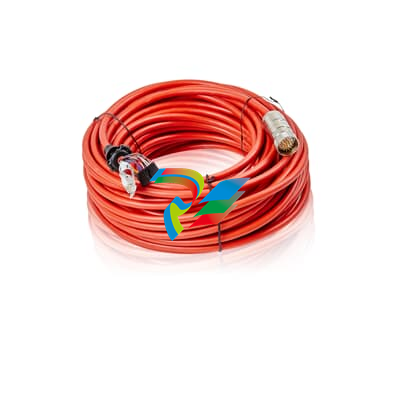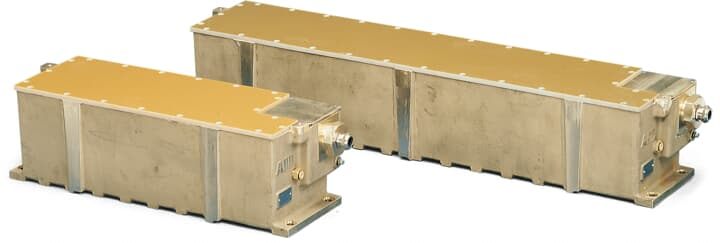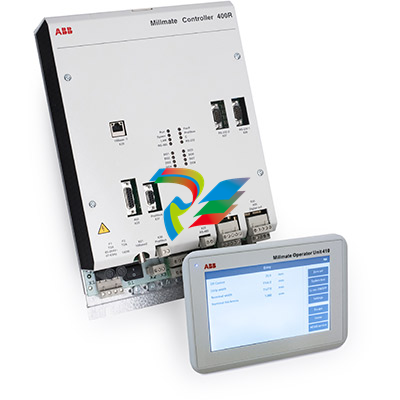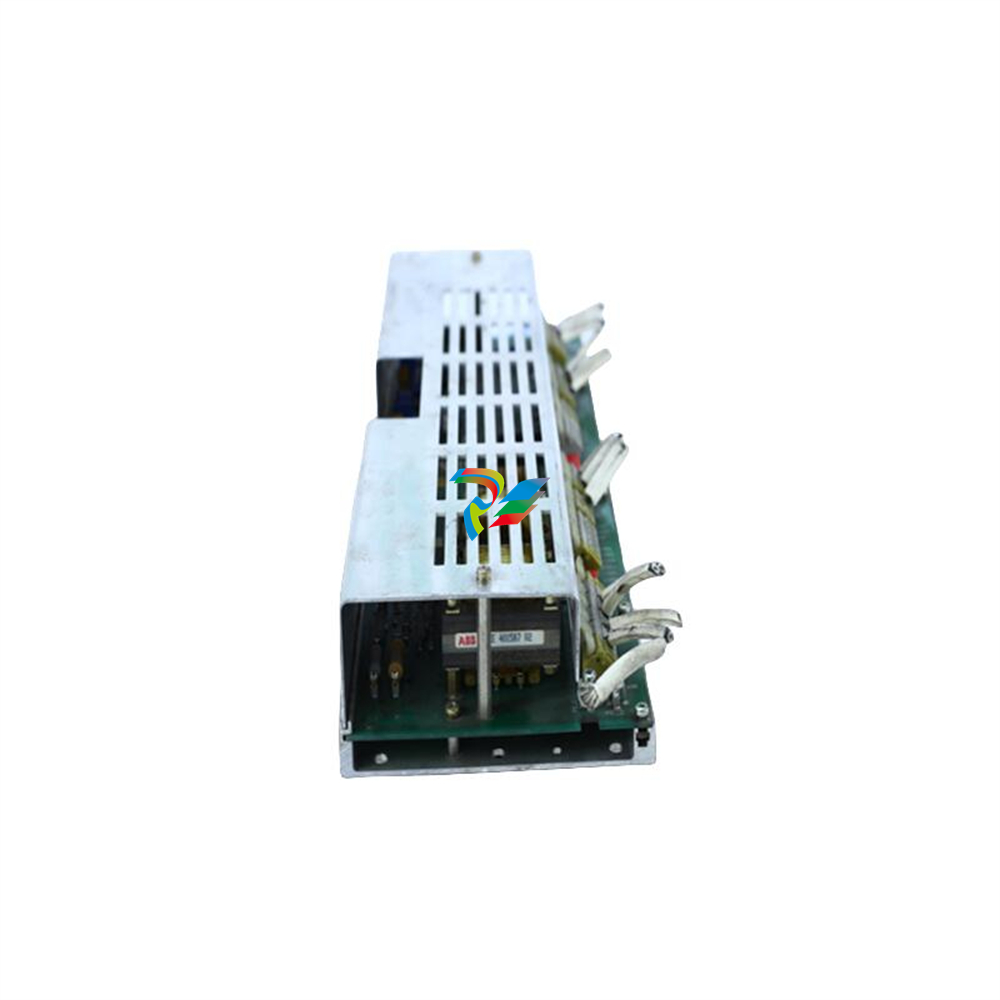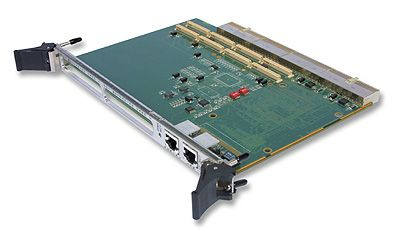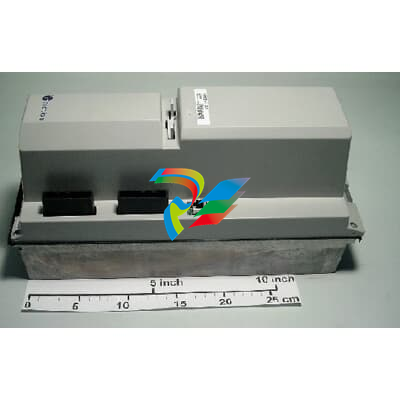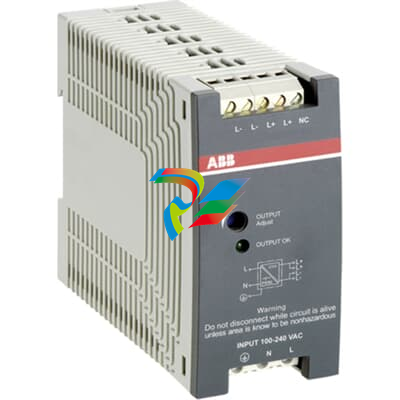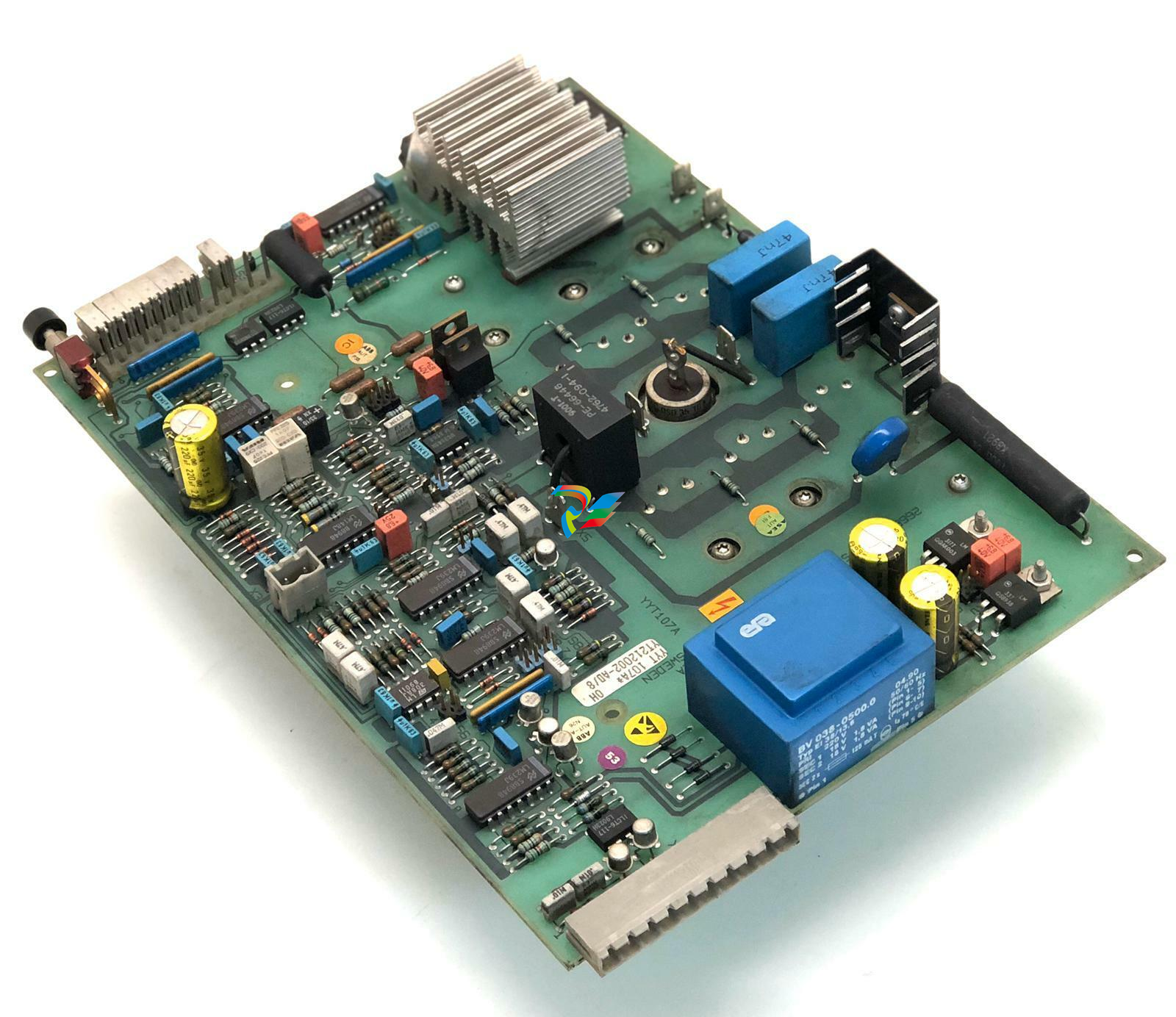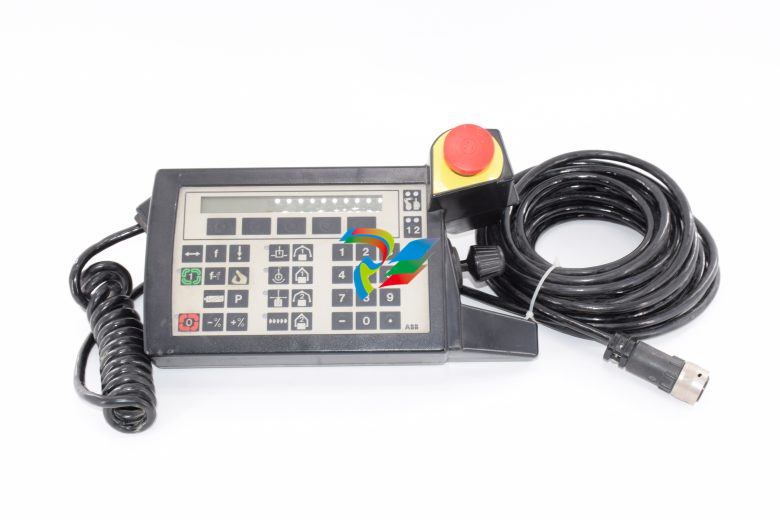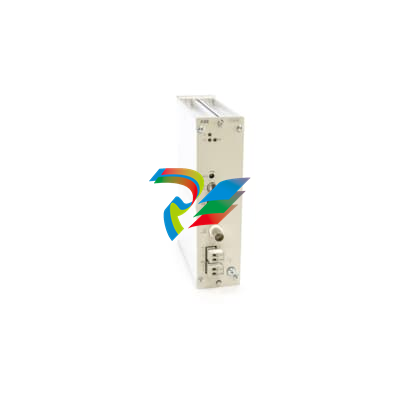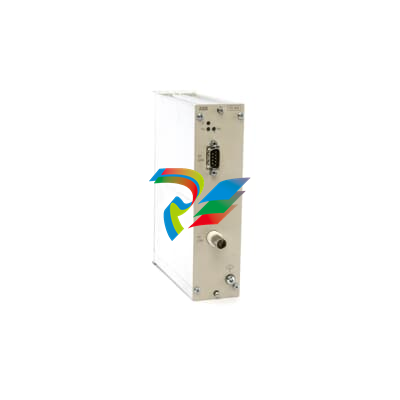
GESPEEDTRONIC™ Mark VI Turbine Control System
Introduction
The SPEEDTRONIC™ Mark VI turbine control
is the current state-of-the-art control for GE turbines that have a heritage of more than 30 years
of successful operation. It is designed as a complete integrated control, protection, and monitoring system for generator and mechanical
drive applications of gas and steam turbines. It is
also an ideal platform for integrating all power
island and balance-of-plant controls. Hardware
and software are designed with close coordination between GE’s turbine design engineering
and controls engineering to insure that your control system provides the optimum turbine performance and you receive a true “system” solution. With Mark VI, you receive the benefits of
GE’s unmatched experience with an advanced
turbine control platform. (See Figure 1.)
Architecture
The heart of the control system is the Control
Module, which is available in either a 13- or 21-
slot standard VME card rack. Inputs are
received by the Control Module through termination boards with either barrier or box-type
terminal blocks and passive signal conditioning.
Each I/O card contains a TMS320C32 DSP
processor to digitally filter the data before conversion to 32 bit IEEE-854 floating point format.
The data is then placed in dual port memory
that is accessible by the on-board C32 DSP on
one side and the VME bus on the other.
In addition to the I/O cards, the Control
Module contains an “internal” communication
card, a main processor card, and sometimes a
flash disk card. Each card takes one slot except
for the main processor that takes two slots.
Cards are manufactured with surface-mounted
technology and conformal coated per IPC-CC830.
I/O data is transmitted on the VME backplane
between the I/O cards and the VCMI card
located in slot 1. The VCMI is used for “internal” communications between:
■ I/O cards that are contained within its
card rack
■ I/O cards that may be contained in
expansion I/O racks called Interface
Modules
■ I/O in backup <P> Protection
Modules
■ I/O in other Control Modules used in
triple redundant control
configurations
■ The main processor card
The main processor card executes the bulk of
the application software at 10, 20, or 40 ms
depending on the requirements of the application. Since most applications require that speSPEEDTRONIC™ Mark VI Turbine Control System
GE Power Systems ■ GER-4193A ■ (10/00) 1
Figure 1. Benefits of Speedtronic™ Mark VI
• Over 30 years experience
• Complete control, protection, and
monitoring
• Can be used in variety of applications
• Designed by GE turbine and controls
engineering
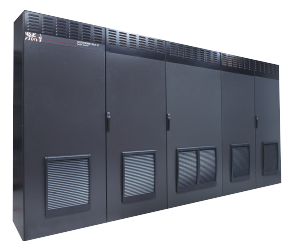
ific parts of the control run at faster rates (i.e.
servo loops, pyrometers, etc.), the distributed
processor system between the main processor
and the dedicated I/O processors is very important for optimum system performance. A QNX
operating system is used for real-time applications with multi-tasking, priority-driven preemptive scheduling, and fast-context switching.
Communication of data between the Control
Module and other modules within the Mark VI
control system is performed on IONet. The
VCMI card in the Control Module is the IONet
bus master communicating on an Ethernet
10Base2 network to slave stations. A unique poling type protocol (Asynchronous Drives
Language) is used to make the IONet more
deterministic than traditional Ethernet LANs.
An optional Genius Bus™ interface can be provided on the main processor card in Mark VI
Simplex controls for communication with the
GE Fanuc family of remote I/O blocks. These
blocks can be selected with the same software
configuration tools that select Mark VI I/O
cards, and the data is resident in the same database.
The Control Module is used for control, protection, and monitoring functions, but some
applications require backup protection. For
example, backup emergency overspeed protection is always provided for turbines that do not
have a mechanical overspeed bolt, and backup
synch check protection is commonly provided
for generator drives. In these applications, the
IONet is extended to a Backup Protection
Module that is available in Simplex and triple
redundant forms. The triple redundant version
contains three independent sections (power
supply, processor, I/O) that can be replaced
while the turbine is running. IONet is used to
access diagnostic data or for cross-tripping
between the Control Module and the
Protection Module, but it is not required for
tripping.
Triple Redundancy
Mark VI control systems are available in
Simplex and Triple Redundant forms for small
applications and large integrated systems with
control ranging from a single module to many
distributed modules. The name Triple Module
Redundant (TMR) is derived from the basic
architecture with three completely separate and
independent Control Modules, power supplies,
and IONets. Mark VI is the third generation of
triple redundant control systems that were pioneered by GE in 1983. System throughput
enables operation of up to nine, 21-slot VME
racks of I/O cards at 40 ms including voting the
data. Inputs are voted in software in a scheme
called Software Implemented Fault Tolerance
(SIFT). The VCMI card in each Control
Module receives inputs from the Control
Module back-plane and other modules via “its
